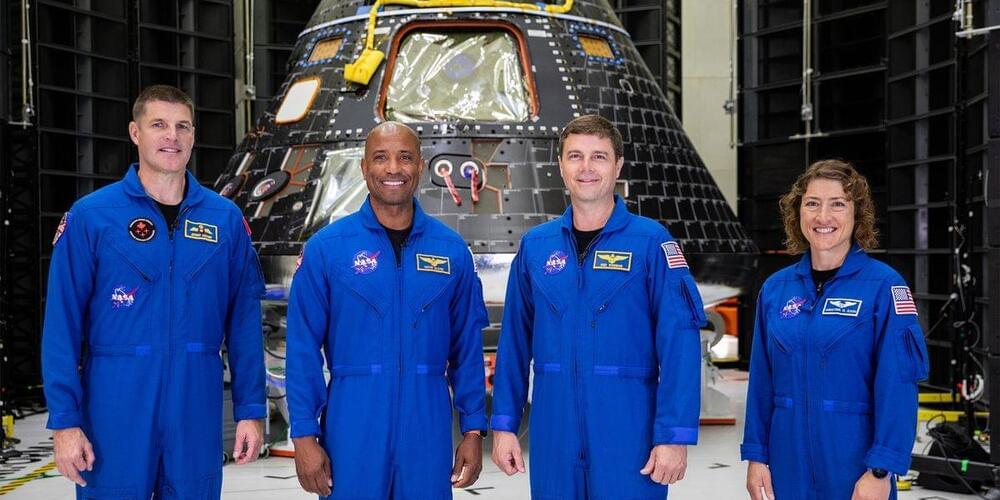A new AI tool can predict people’s time of death with high degree of accuracy, finds a study.
New AI can predict people’s time of death with high degree of accuracy, study finds.


Could artificial intelligence (AI) systems become conscious? A trio of consciousness scientists says that, at the moment, no one knows — and they are expressing concern about the lack of inquiry into the question.
In comments to the United Nations, three leaders of the Association for Mathematical Consciousness Science (AMCS) call for more funding to support research on consciousness and AI. They say that scientific investigations of the boundaries between conscious and unconscious systems are urgently needed, and they cite ethical, legal and safety issues that make it crucial to understand AI consciousness. For example, if AI develops consciousness, should people be allowed to simply switch it off after use?
Such concerns have been mostly absent from recent discussions about AI safety, such as the high-profile AI Safety Summit in the United Kingdom, says AMCS board member Jonathan Mason, a mathematician based in Oxford, UK and one of the authors of the comments. Nor did US President Joe Biden’s executive order seeking responsible development of AI technology address issues raised by conscious AI systems, Mason notes.



“Searching for compounds in the plume is a bit like putting the pieces of a puzzle back together,” says lead author Jonah Peter, “in that we look for the right combination of molecules that reproduce the observed data. Information theory allows us to determine how much detail we can extract from the data without missing important features or overfitting to statistical noise.”
Water, ammonia, carbon dioxide, and methane had previously been found in analyses of INMS data, but this study found additional compounds and molecules, including acetylene, propylene, ethane, methanol, molecular oxygen, and hydrogen cyanide. These add to the various hints that Enceladus, despite its frigid perch in the outer solar system, harbors an environment conducive to life deep within its oceans.
Dr Philip Goff (University of Liverpool) speaks at the event “Metaphysics of Mind”, 19th August 2014. Abstract: Cosmopsychism is the conjunction of the following two theses: (i) the cosmos is the one fundamental object, (ii) the cosmos if conscious. I will try out the following argument for this view: Premise 1 – Each and every organic conscious state is irreducible. Premise 2 – No organic conscious state is fundamental. Premise 3 – The only way in which a state can be both irreducible and fundamental is if it is an aspect of a more fundamental state. Conclusion 1 – Therefore each and every organic conscious state is an aspect of a more fundamental state. Premise 4 – If each and every organic conscious state is an aspect of a more fundamental state, then cosmopsychism is highly likely to be true. Conclusion 2 – Therefore, cosmopsychism is highly likely to be true.

SpaceX aiming for Saturday launch to deliver German military satellites from West Coast, with sonic booms likely.

BEIJING/SHANGHAI, Dec 22 (Reuters) — Tesla (TSLA.O) has acquired land in Shanghai for a megapack battery manufacturing plant with production expected to start in the fourth quarter of 2024, Chinese state media reported on Friday.
Tesla paid 222.42 million yuan ($31.13 million) for use rights to a 19.7-hectare (48.7 acres) plot, a separate government statement said on Thursday. The site is near an existing Tesla plant producing Model 3 and Model Y cars.
Tesla did not immediately respond to a request for comment.
